Indonesia’s vast archipelago is a land of agricultural abundance—lush rice terraces in Java, sprawling oil palm plantations in Sumatra, and tropical orchards in Bali. Yet beneath this fertility lies a quiet struggle: Smallholder farmers, who grow 90% of Indonesia’s food, grapple with labor shortages, resource inefficiency, and the sheer complexity of managing fragmented, terrain-heavy fields. Enter Chinese agricultural drones—a transformative solution that is bridging gaps in productivity, sustainability, and profitability for Indonesian farms. For those considering importing these drones, here’s a detailed guide to navigating the process and reaping the rewards.
Why Indonesian Farmers Need Chinese Agricultural Drones
Indonesia’s agricultural sector faces three pressing challenges that drones are uniquely positioned to solve:
1. Labor Shortages: With 65% of Indonesians under 35, fewer young people are entering farming. During peak seasons (e.g., rice planting or palm fruit harvesting), farmers often wait weeks for seasonal workers, risking crop losses. A 2023 survey found 70% of smallholders delay critical tasks like spraying due to labor gaps.
2. Resource Waste: Traditional methods—blanket pesticide spraying, flood irrigation—are wildly inefficient. Farmers waste up to 50% of water and fertilizers, inflating costs and degrading soil. For coconut growers in Bali, this means spending $500 monthly on inputs that barely sustain yields.
3. Terrain That Defies Tradition: From the steep slopes of Sumatra’s coffee farms to the dense mangrove-lined coasts of Papua, Indonesia’s farmlands are a maze of narrow paths, thick vegetation, and wet, muddy fields. Conventional machinery gets stuck; manual labor is backbreaking.
The Case for Chinese Drones: Built for Indonesia’s Realities
Chinese agricultural drones stand out not just for their affordability, but for their *adaptability* to Indonesia’s unique conditions. Unlike models designed for industrial farms in other countries, these drones are engineered to thrive in chaos:
– Lightweight & Agile: Weighing just 12–15 kg with a 15–20L payload, they navigate narrow rice paddy dikes, weave through oil palm groves, and hover above coconut trees—all without damaging crops. A farmer in West Java’s tea hills reported flying his drone through 30° slopes, a task traditional machinery can’t attempt.
– Rugged Reliability: Built to withstand Indonesia’s harsh climate—monsoons, 40°C heat, and salty coastal air—these drones undergo rigorous testing. In Kalimantan’s rainy season, a test flight sprayed 20 acres of chili fields with zero crashes or malfunctions.
– Crop-Specific Flexibility: Farmers can swap nozzles (finer sprays for delicate mango blossoms, wider for durable oil palms) or upload local topography maps. A Bali coconut grower even added a “salt-tolerance mode” to protect trees from brackish soil.
Step-by-Step: How to Import Chinese Agricultural Drones to Indonesia
1. Define Your Needs & Budget
Start by clarifying your goals:
– Crop Type: Rice, oil palm, coconut, or vegetables? Drones can be tailored for specific canopy heights, spray needs, and terrain.
– Farm Size & Terrain: Small plots (5–10 acres) need lightweight models; large plantations (100+ acres) benefit from multi-functional units with longer battery life.
– Budget: Chinese drones range from $5,000–$8,000 for entry-level models to $12,000–$18,000 for advanced units. Financing options (e.g., local bank loans or supplier payment plans) are often available.
*Pro Tip*: Consult local agricultural extension services or cooperatives to identify region-specific pain points (e.g., pest outbreaks in Kalimantan’s palm groves or water scarcity in East Java’s dry seasons).
2. Verify Compliance with Indonesian Regulations
Importing drones requires adhering to national standards:
– SDPPI Certification: Ensure the drone meets Indonesia’s *Sertifikasi Produk Dunia Elektronik dan Informasi* (SDPPI) for radio frequency and safety. Most Chinese manufacturers pre-certify their agricultural drones for global markets, but confirm with your supplier.
– Import Permits: Apply for an *Importir Resmi* (Official Importer) license if purchasing through a local agent, or secure a *Persetujuan Impor Barang* (Import Approval) for direct purchases. Work with a licensed customs broker to streamline paperwork.
– Tax & Duties: Agricultural drones may qualify for reduced tariffs under Indonesia’s *Kebijakan Industri Pertanian* (Agricultural Industry Policy). Engage a tax advisor to minimize costs.
3. Choose a Reputable Supplier with Local Expertise
Not all drones are created equal. Prioritize suppliers with:
– Proven Experience in Southeast Asia: Look for manufacturers with a track record in Indonesia or similar markets (e.g., Vietnam, Thailand). They understand local terrain, crop needs, and farmer habits.
– Comprehensive After-Sales Support: Ensure the supplier offers:
– Training Programs: Free or subsidized workshops to train pilots, technicians, and farmers on operation, maintenance, and data analysis (in Bahasa Indonesia).
– Warranty & Repairs: At least a 12-month warranty, plus a network of local service centers or mobile repair teams for quick fixes.
– Software Updates: Regular AI and sensor upgrades to adapt to new crops or regulations.
*Pro Tip*: Attend agricultural trade fairs (e.g., *Indonesia Agri Expo*) or request virtual demos to test drones firsthand. Ask for references from existing Indonesian users—farmers in West Java or Bali can share real-world performance insights.
4. Customize for Indonesian Farms
Chinese drones are highly adaptable, but customization ensures they thrive in local conditions:
– Payload Adjustments: For oil palm plantations, opt for drones with 20L+ tanks to cover more area per flight. For delicate crops like mangoes, choose finer spray nozzles to avoid damaging blossoms.
– Software Localization: Work with the supplier to upload Indonesian topographic maps, weather patterns, and crop calendars into the drone’s AI system. This enables “prescription mapping”—targeting specific areas with pesticides or fertilizers based on real-time data.
– Language & Controls: Ensure the drone’s app and interface are available in Bahasa Indonesia, with simple icons for farmers with limited tech literacy.
5. Logistics & Delivery
Shipping drones from China to Indonesia requires careful planning:
– Air Freight vs. Sea Freight: For urgent needs (e.g., planting season), air freight (3–5 days) is ideal. For bulk orders, sea freight (2–4 weeks) is cost-effective. Use a logistics provider with experience in agricultural machinery.
– Customs Clearance: Partner with a local agent to handle inspections, duties, and documentation. Ensure all parts (batteries, sensors, manuals) are clearly labeled and comply with Indonesian safety standards.
– On-Site Training: Request a technician from the supplier to accompany the delivery. They can assemble the drone, conduct test flights, and troubleshoot issues in person.
6. Maximize Your Investment with Post-Purchase Support
A drone’s value lies in its usability. Prioritize suppliers that offer:
– Farmer Training Hubs: Many suppliers partner with Indonesian NGOs or government agencies to run free “drone academies.” For example, a program in Central Java trains 500+ farmers annually, covering flight basics, data interpretation, and basic repairs.
– Local Service Networks: Look for suppliers with agreements to stock spare parts (propellers, batteries, sensors) in key agricultural regions (Java, Sumatra, Bali) to minimize downtime.
– Community Collaboration: Some suppliers facilitate “drone co-ops,” where smallholder groups share 2–3 drones. This spreads costs and ensures even remote farmers (e.g., in Papua’s highlands) gain access to the technology.
Success Story: From Purchase to Prosperity
Consider Pak Budi, a rice farmer in West Java. Struggling with labor shortages during harvest season, he purchased a Chinese agricultural drone through a local cooperative. The supplier provided:
– A customized model with a 15L tank for narrow paddy dikes.
– Training sessions in Bahasa Indonesia, teaching his son to pilot the drone.
– A local service hub in Bandung for quick repairs.
Today, Pak Budi’s spray time has dropped from 5 days to 6 hours per harvest. Pesticide use is down 40%, and he reinvests savings into solar irrigation—boosting yields by 25%. “The drone didn’t just save me time,” he says. “It gave me hope that farming can thrive for the next generation.”
Closing: A Partnership for Indonesia’s Agricultural Future
Importing Chinese agricultural drones to Indonesia is more than a transaction—it’s a partnership. By choosing a supplier that prioritizes localization, compliance, and farmer support, you’re not just buying a machine; you’re investing in a tool that empowers smallholders, reduces waste, and strengthens Indonesia’s food security.
As the skies over Java’s rice fields fill with drones, one thing is clear: The future of Indonesian agriculture is being shaped not just by tradition, but by innovation—and partnerships that grow *with* the land, not against it.
THE END
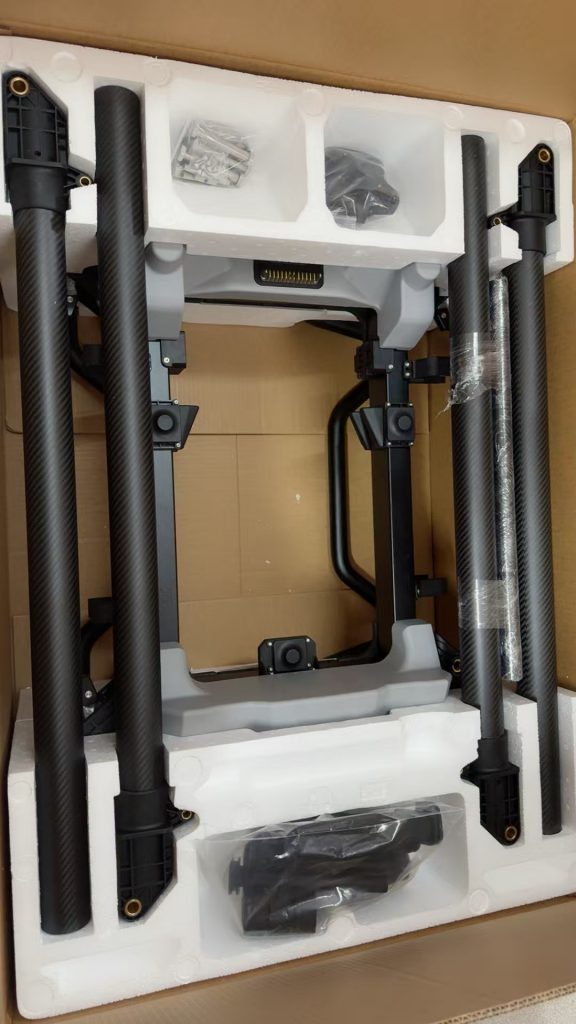

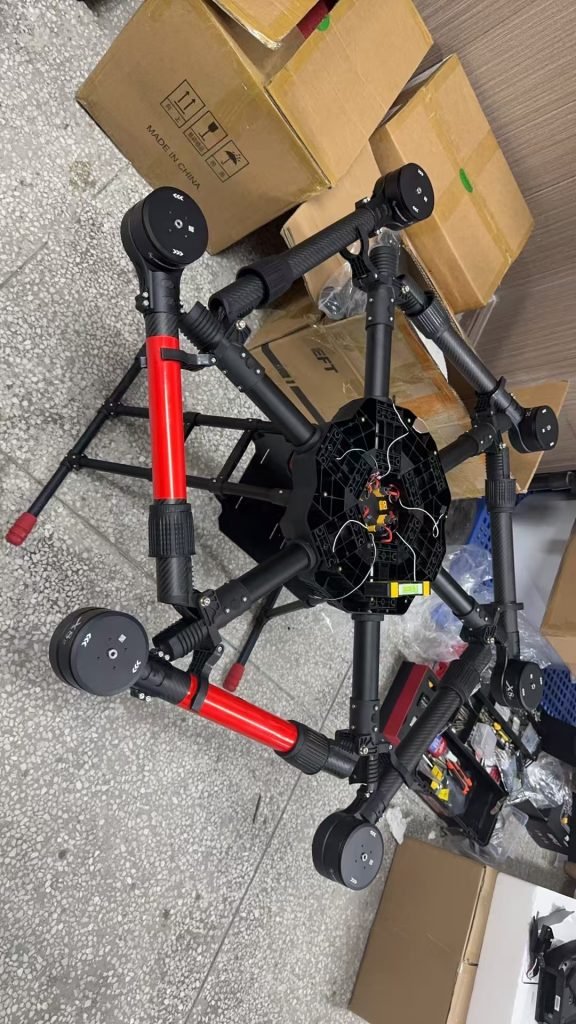
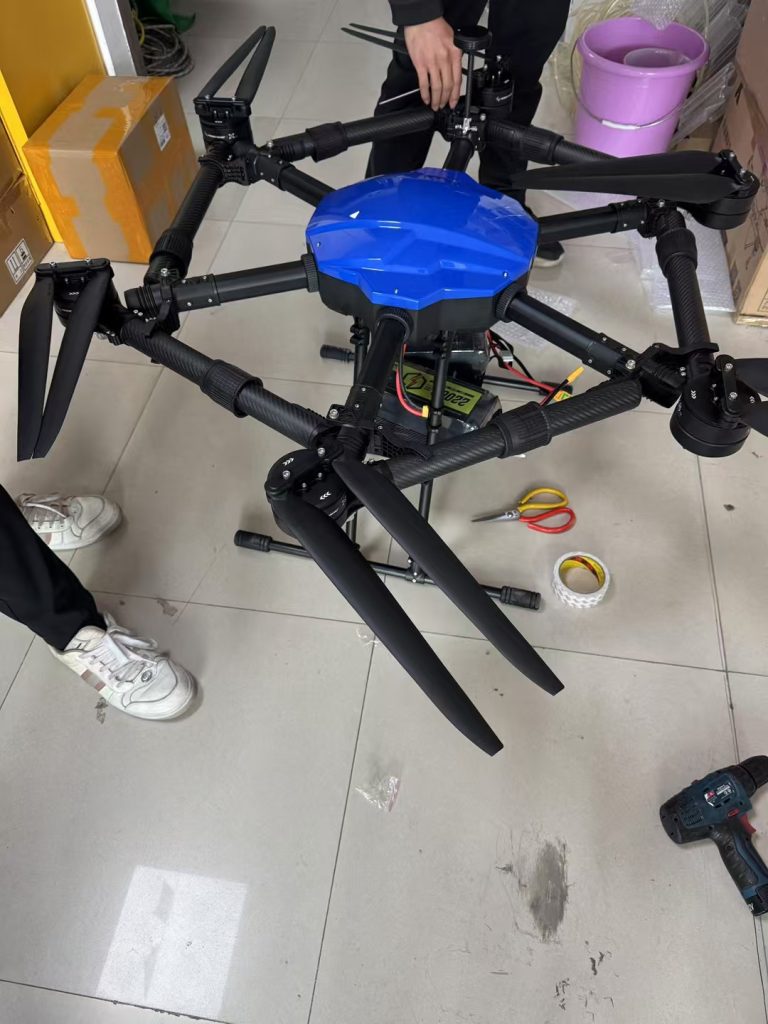

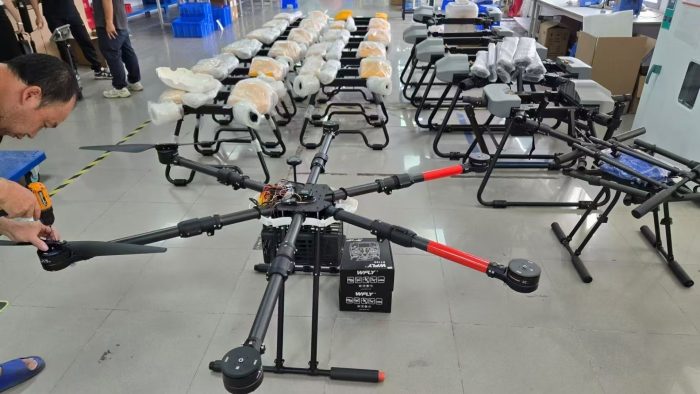

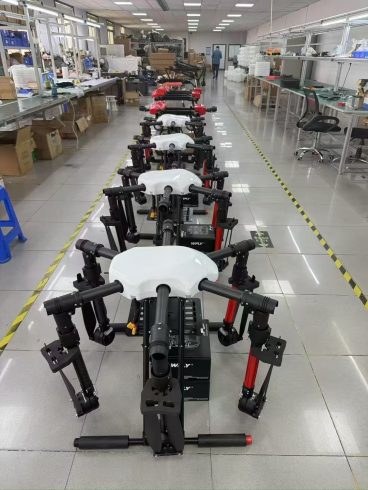
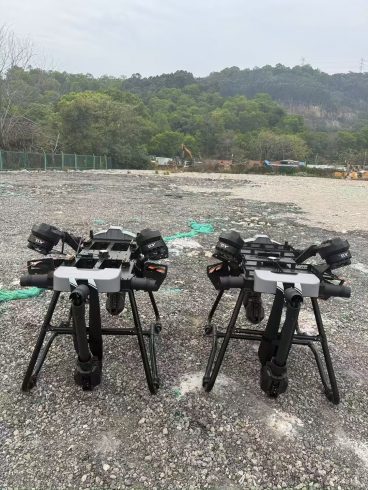
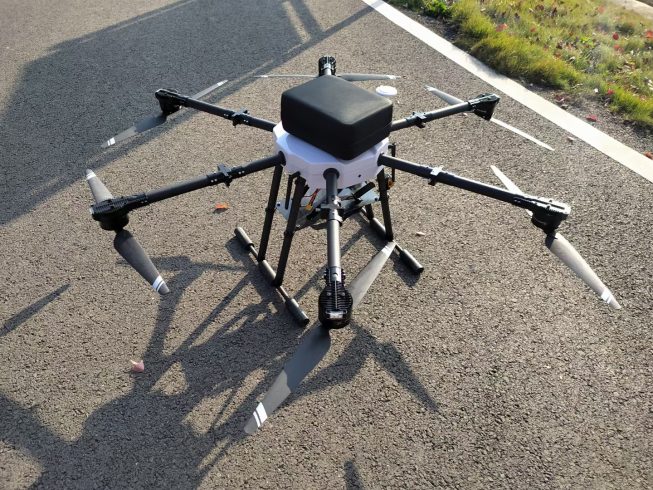
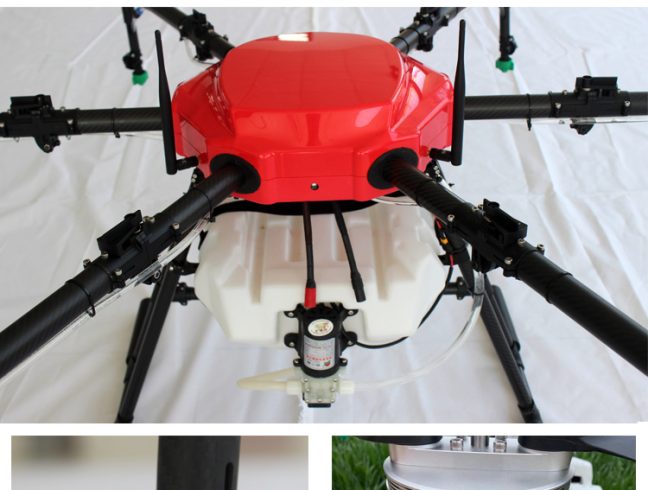

暂无评论内容